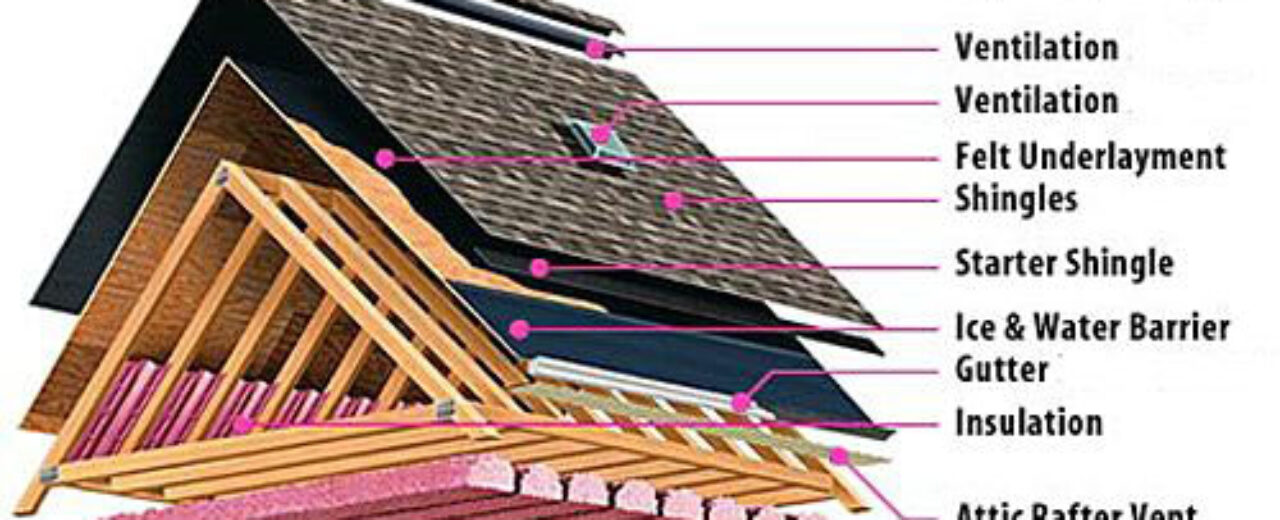The Anatomy of a Roof: Breaking Down the Layers
When you look at a roof, it might just seem like shingles and some flashing. However, in reality, a roof is a carefully engineered system comprising several layers, each playing a crucial role in protecting your home from the elements. Understanding the anatomy of a roof helps homeowners make informed decisions during repairs, replacements, or new construction. Let’s peel back the layers and break down the key components of a well-built roof.
1. Roof Decking (Sheathing)
This is the base layer of your roof. Typically made from plywood or OSB (oriented strand board), the decking provides the structural support for all other materials. It’s fastened to the roof trusses or rafters and serves as the surface to which underlayment and shingles are attached. Damaged or rotting decking must be replaced to ensure the integrity of the entire roof system.
2. Underlayment
The underlayment is a waterproof or water-resistant barrier installed directly over the decking. It serves as a secondary line of defense against moisture in the event that water penetrates the outer roofing material. There are two main types: asphalt-saturated felt and synthetic underlayment. In colder climates, an additional layer known as ice and water shield is often added to roof edges and valleys to prevent ice damming.
3. Drip Edge
This metal flashing is installed along the edges of the roof. It helps direct water away from the fascia and into the gutters, preventing moisture damage to the underlying structure. A properly installed drip edge also deters pests and protects against wind-driven rain.
4. Roof Covering (Shingles, Tiles, Metal Panels)
This is the outermost layer and the one most visible. Asphalt shingles are the most common roofing material in the U.S., but homes may also use wood shakes, clay or concrete tiles, or metal panels. This layer is the first line of defense against weather and UV damage and contributes significantly to the home’s curb appeal.
5. Flashing
Flashing is made of metal and is installed in roof valleys, around chimneys, vents, skylights, and anywhere the roof meets a vertical surface. Its purpose is to channel water away from vulnerable areas and prevent leaks. Flashing must be properly sealed and maintained to prevent water intrusion.
6. Ventilation System
Proper roof ventilation includes intake (usually at the soffits) and exhaust vents (like ridge vents or box vents). This system helps regulate attic temperature and moisture, preventing mold, reducing energy bills, and extending the life of the roofing materials. Poor ventilation can lead to ice dams in winter and overheated shingles in summer.
7. Ridge Cap Shingles
These specially designed shingles cover the peak (ridge) of the roof, sealing the top and completing the shingle system. They are thicker and more durable than standard shingles and are essential for shedding water and resisting wind uplift.
Final Thoughts
A roof is more than just shingles—it’s a system working in harmony to shield your home. Each layer has a specific purpose, and skipping or skimping on any part can lead to serious issues in the long run. If you’re considering a roof replacement or repair, knowing the anatomy of a roof helps you understand the importance of quality materials and skilled installation. After all, a strong roof isn’t built from the top down—it’s built from the layer up.


